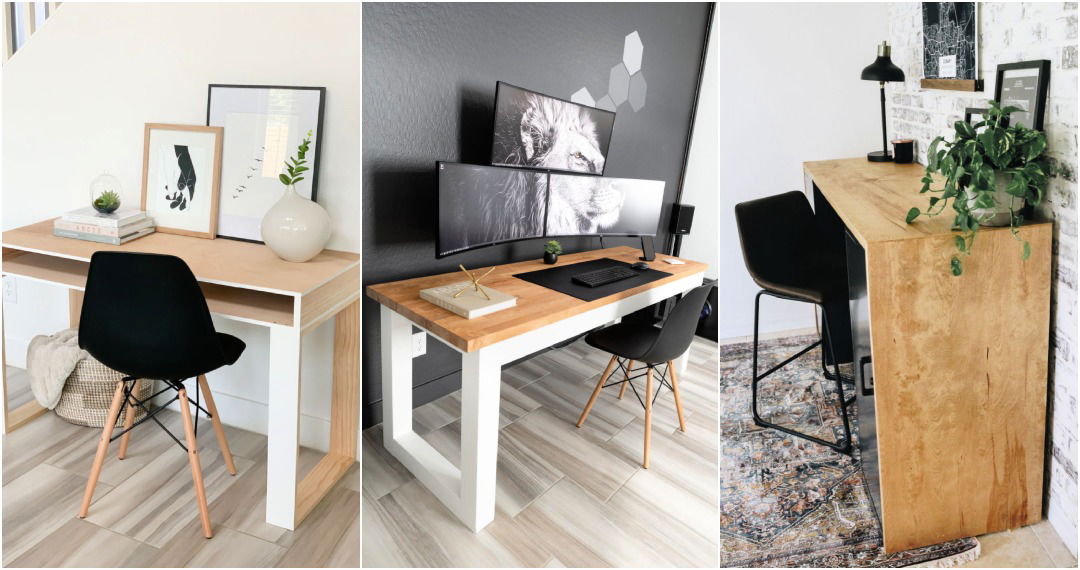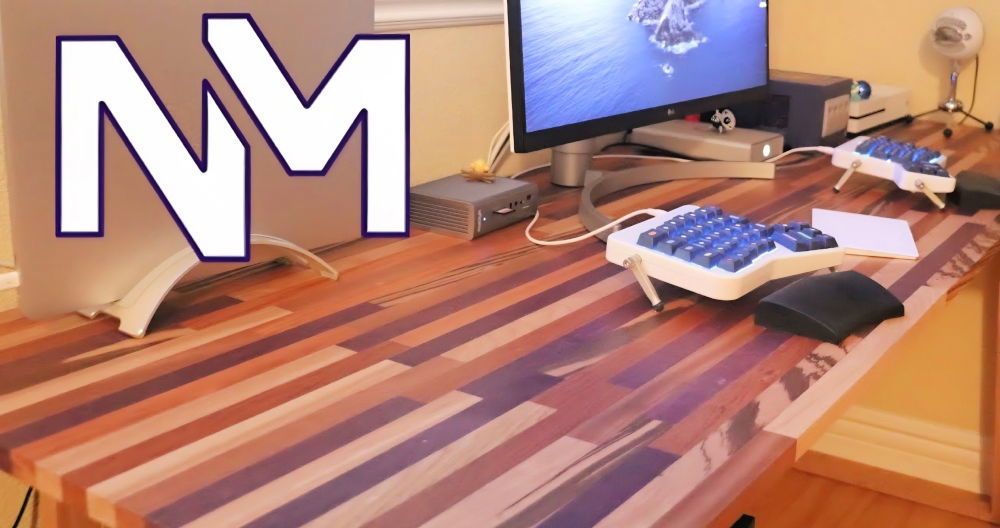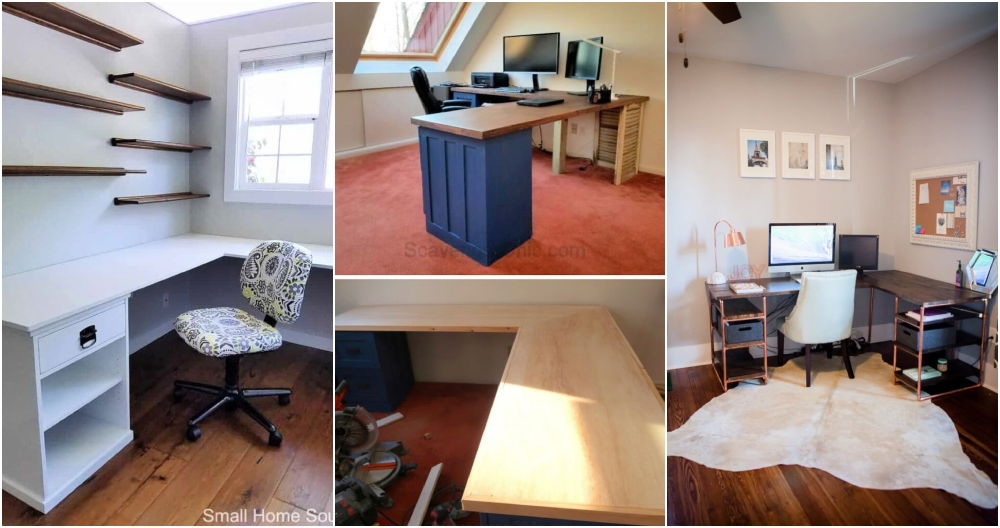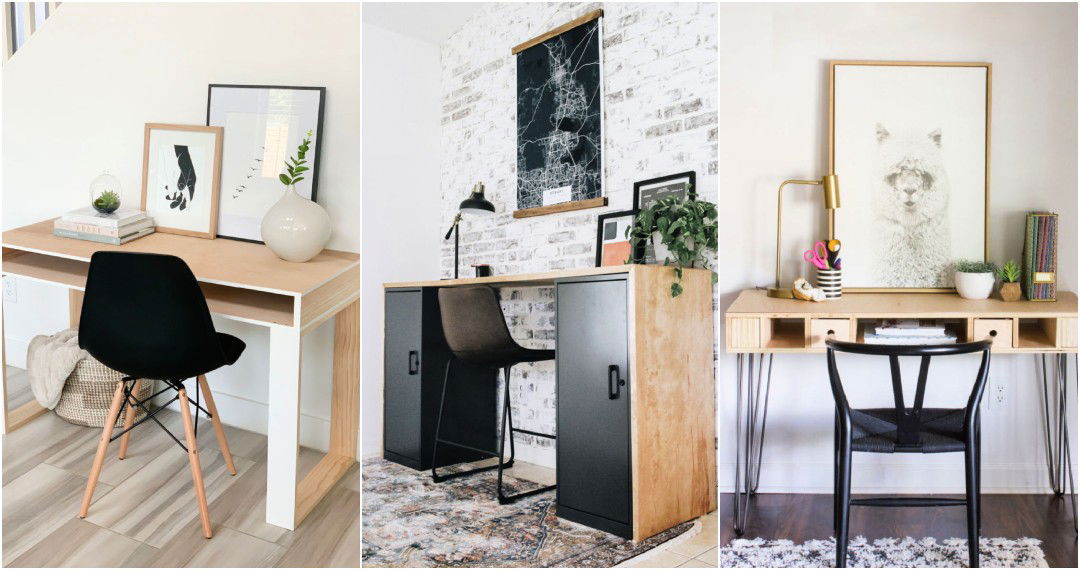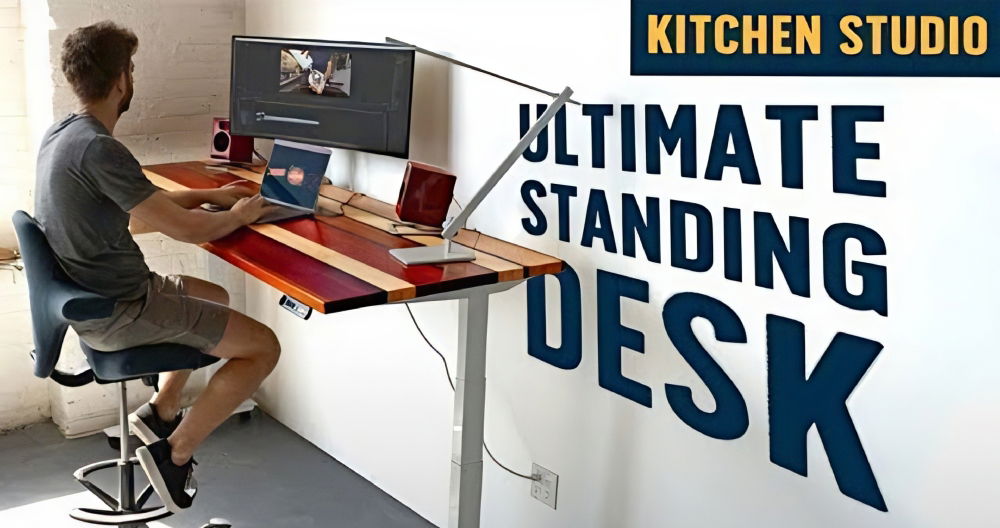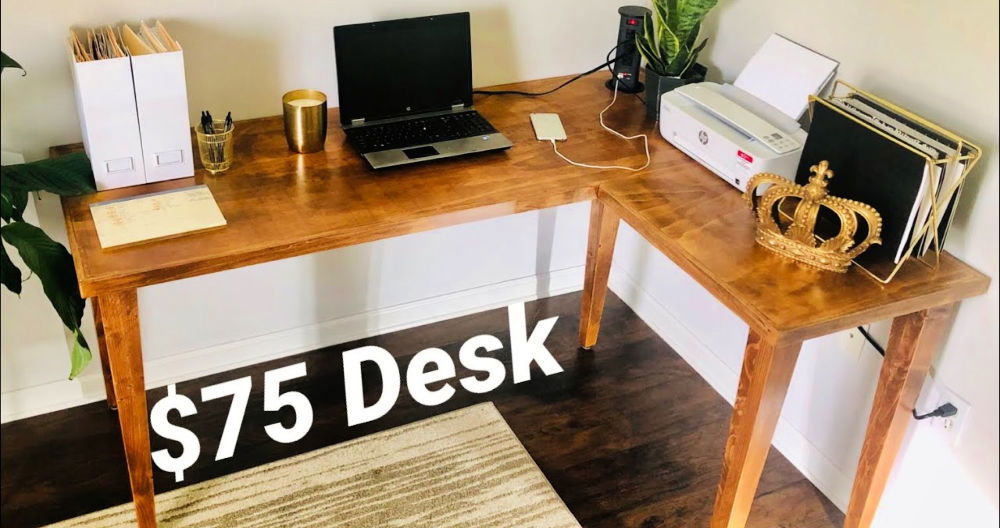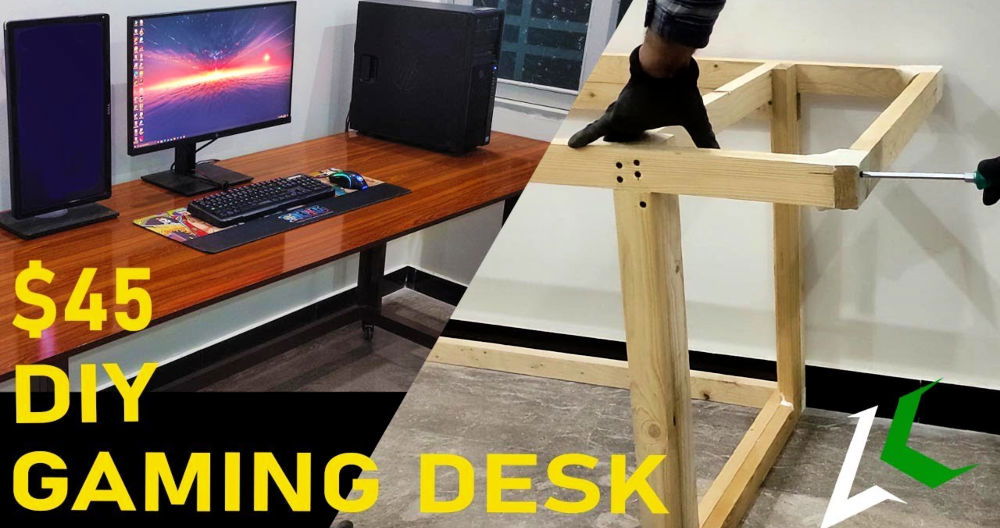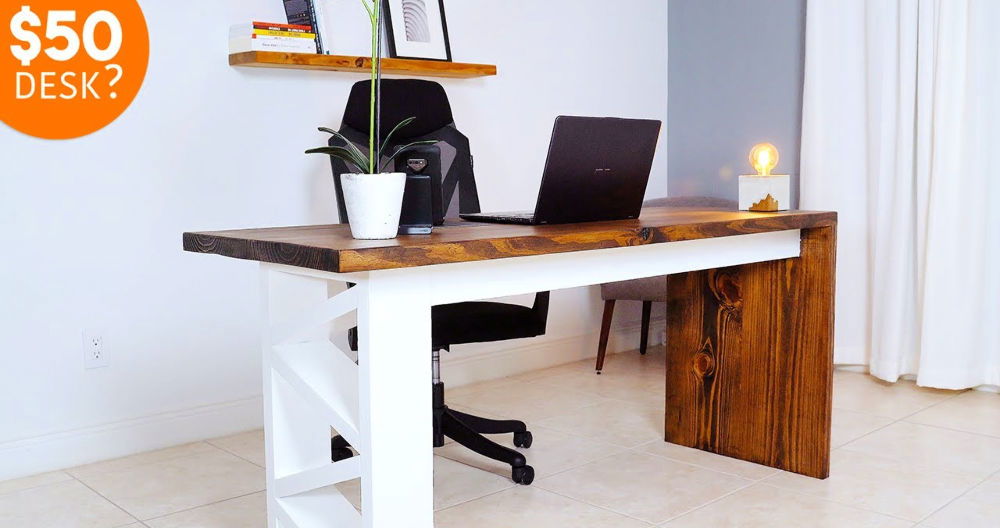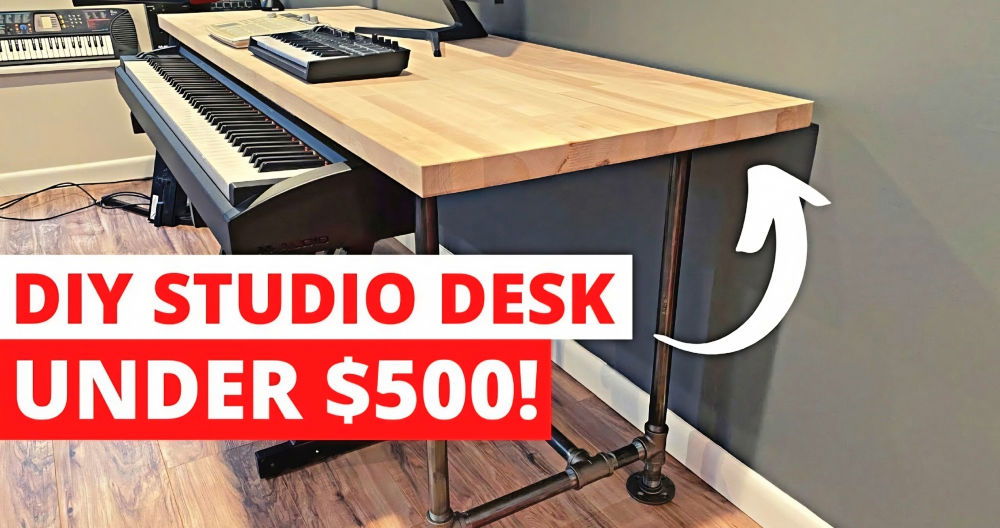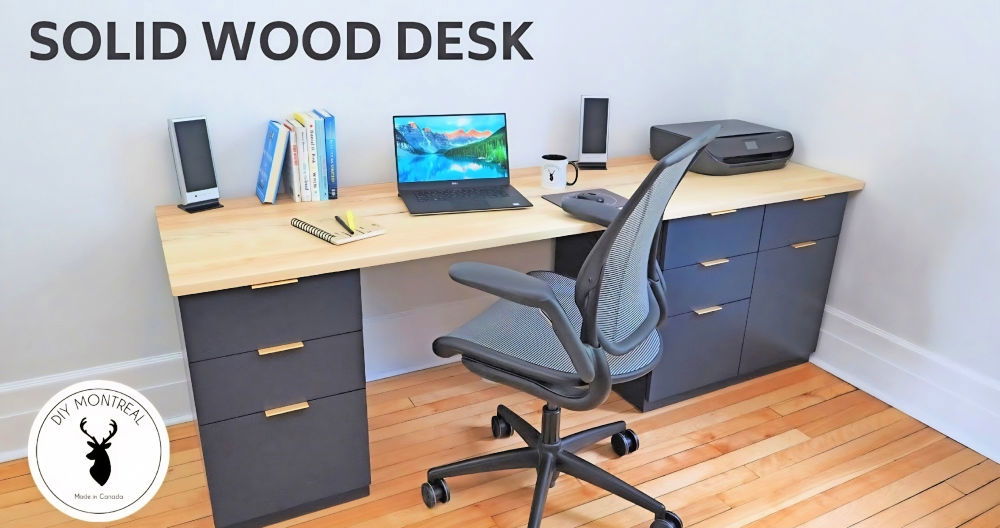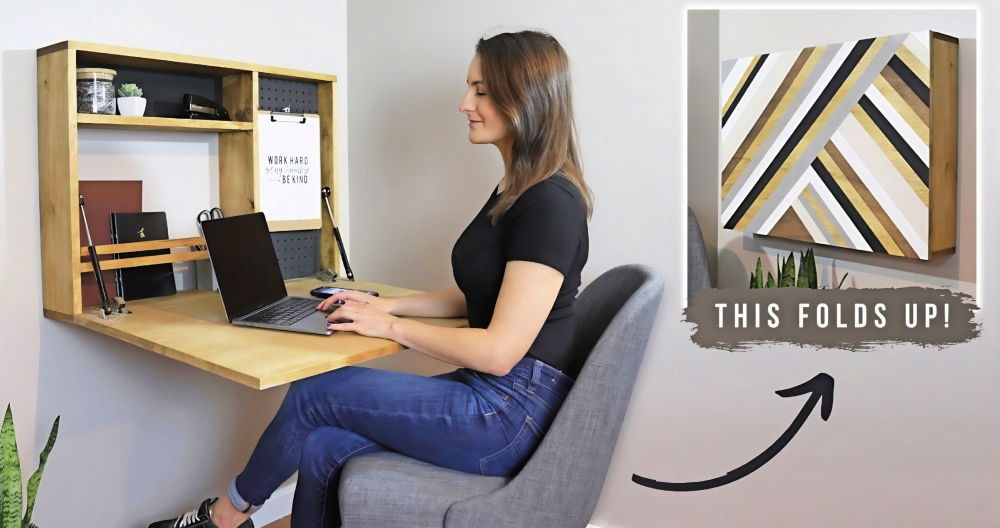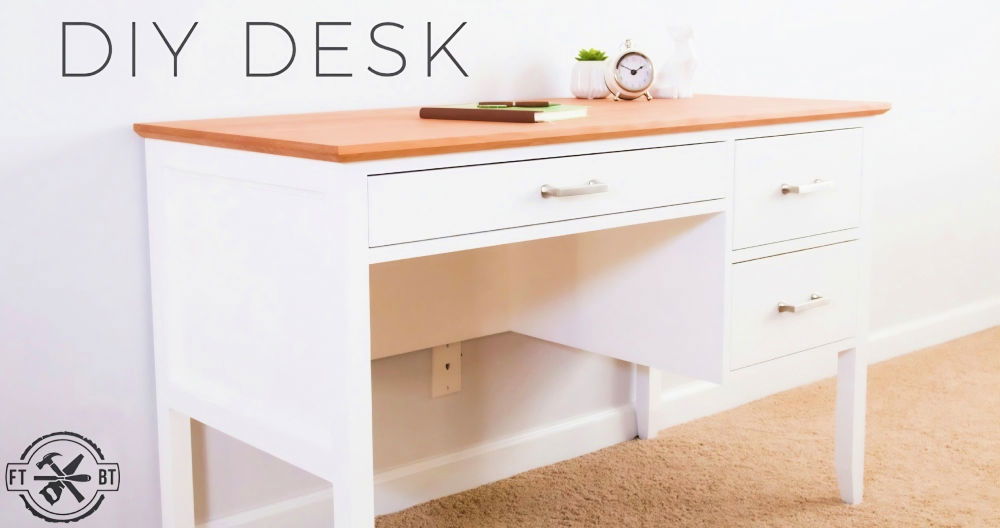Building a DIY treadmill desk was one of the best decisions I've made. It began with an old treadmill sitting unused in the corner of my room. With a few easy steps, I turned it into a working desk. Now, I can walk while I work, letting me stay active without leaving my desk. This simple project has greatly improved my productivity and health.
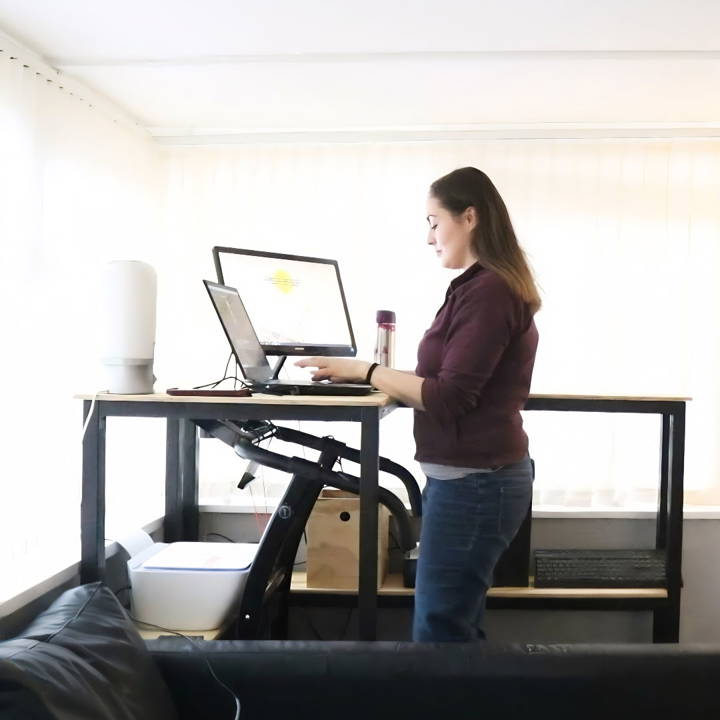
Being able to walk and work has been a game-changer. I find myself more energetic and focused throughout the day. If you are like me and spend a lot of time at a desk, this is a great way to keep moving.
I've detailed the step-by-step process below, which I hope will inspire and assist you in making your own DIY treadmill desk.
Benefits of a Treadmill Desk
Treadmill desks bring a wealth of benefits to your workday. They combat the negative effects of sitting for long periods by keeping you active. This gentle movement can help you burn calories, potentially leading to weight loss and improved fitness levels.
You'll also likely experience increased energy and focus, boosting your productivity. Walking while working can reduce stress, elevate your mood, and even lessen back pain. Plus, it's a convenient way to squeeze exercise into your busy schedule without having to set aside extra time.
Materials List
- Treadmill (Preferably one with a decent review)
- Structural CLS timber
- Screws
- Miter saw
- Power drill
- Pocket hole jig
- Plywood for the desk and shelves
- Jigsaw
- Router (for smoothing edges)
- Sandpaper
- Wood filler
- Paint
Why These Materials?
I chose a budget-friendly treadmill that wouldn't interfere with Wi-Fi and had an acceptable arm height. Structural CLS timber was both strong, and I had leftovers from another project. The tools and other materials were selected for their ability to build a sturdy, professional-looking desk without breaking the bank.
Step by Step Instructions
Learn to build your own DIY treadmill desk! Follow our easy step-by-step guide to create a workspace that keeps you active and productive at home.
Getting the Right Height
First, I used a scrap piece of wood to determine the right height for my desk. The goal was to have my elbows slightly underneath the desk surface for comfort. This test run was crucial; it informed me about the necessary adjustments before I went full swing into crafting the desk.
Tailoring to My Needs
I designed the desk with my specific needs in mind, including enough space for two screens and extra shelves. Utilizing CLS timber, I began by cutting the wood to size with a miter saw. Then, the shelves and desk structure were assembled. My trusty power drill came in handy, speeding up the process without needing to pre-drill holes.
Building the Shelves
Building a shelving system that would be both functional and not too bulky was important. The timber needed to be cut into smaller pieces, which was a delicate task. To avoid the wood from splitting, I used a pocket hole jig, making the assembly smoother and sturdier.
The Desk Surface and Control Panel Access
Cutting the plywood for the desk surface required precision. I aimed for a continuous piece that would cover the treadmill without obstructing the control panel. Using a jigsaw, I cut out a section for the control panel, ensuring I could access the treadmill's stop and start buttons easily. Sanding and rounding off the edges with a router gave it a professional finish.
The Finishing Touches
After everything was assembled, it was time to paint. I filled any screw heads with wood filler, sanded down for a smooth surface, and chose a paint that required no priming for a straightforward application. The result was a sleek, professional-looking desk that complemented my workspace.
The DIY treadmill desk has revitalized my work. It works well for editing, blogging, and writing. It lets me stay active and productive, a solution I wish I’d adopted earlier.
Personalization Tips for Your Treadmill Desk
Building a treadmill desk that's tailored to your individual needs can make the experience much more enjoyable and effective. Here are some tips to help you personalize your treadmill desk setup:
Choose the Right Treadmill
- Start with a treadmill that fits your space and budget. Consider a compact, non-motorized model if you're short on space or looking for a quieter option.
Adjustable Desk Surface
- Opt for an adjustable desk surface. This allows you to change the height and angle for optimal comfort and ergonomics.
Comfortable Walking Surface
- Add a comfortable walking surface, such as an anti-fatigue mat, to reduce strain on your feet and joints.
Monitor and Keyboard Placement
- Position your monitor at eye level and keyboard at a comfortable typing height to prevent neck and wrist strain.
Personal Accessories
- Incorporate personal accessories like a cup holder, phone stand, or document holder to keep essentials within easy reach.
Cable Management
- Keep your space tidy with cable management solutions to avoid tripping hazards and maintain a clean aesthetic.
Decorative Elements
- Personalize your space with decorative elements like plants or artwork to make it more inviting and inspiring.
Lighting
- Ensure you have good lighting to reduce eye strain, especially if you plan to use the treadmill desk during different times of the day.
Noise-Canceling Headphones
- Consider using noise-canceling headphones if you're in a shared space to minimize distractions.
Customizing your treadmill desk to your needs increases the likelihood of using it and enjoying its benefits. Build a comfortable, motivating space to stay active while working.
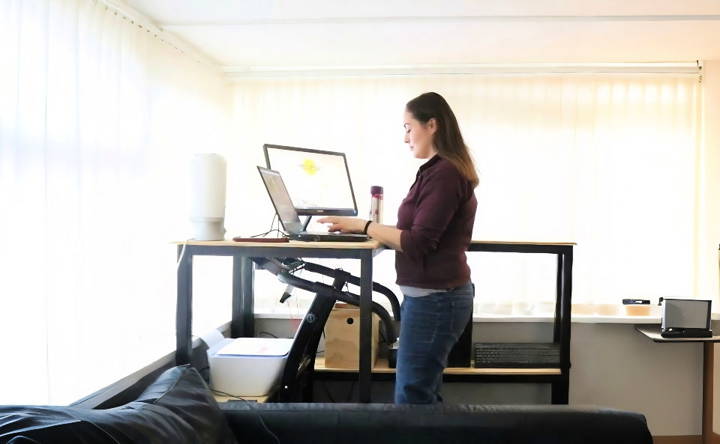
Technology Integration for Your Treadmill Desk
In today's digital age, integrating technology into your treadmill desk setup can significantly enhance its functionality and your overall experience. Here's how you can smartly incorporate tech features:
Device Mounts and Holders
- Install device mounts or holders for your smartphone, tablet, or e-reader. This allows for easy access to devices for multitasking without disrupting your workflow.
Wireless Connectivity
- Utilize wireless keyboards, mice, and headsets to reduce clutter and increase mobility on the treadmill desk.
Cable Management Systems
- Implement cable management systems to keep cords organized and prevent them from becoming trip hazards.
App Integration
- Use apps that sync with your treadmill to track your steps, distance, and calories burned. Some apps also allow you to control the speed and incline of your treadmill remotely.
Standing Desk Converters
- If you already have a traditional desk, consider a standing desk converter with tech-friendly features like built-in USB ports and adjustable monitor stands.
Smart Lighting
- Equip your workspace with smart lighting that can be adjusted based on the time of day or the task at hand, helping to reduce eye strain and improve concentration.
Voice Assistants
- Incorporate a voice assistant to manage tasks hands-free. You can set reminders, play music, or get answers to questions without stopping your stride.
Power Solutions
- Ensure you have accessible power solutions, such as surge protectors with USB ports, to keep all your devices charged and ready to use.
Integrate these tech advancements into your treadmill desk for a dynamic, productive workspace that supports your health.
Troubleshooting Common Issues with Treadmill Desks
When you blend a workspace with exercise equipment, it's natural to encounter a few hiccups along the way. Here are some common issues that treadmill desk users might face and practical solutions to keep you moving smoothly:
Treadmill Belt Slipping or Sticking
- Slipping: Tighten the belt according to the manufacturer's instructions. A belt that's too loose can slip.
- Sticking: Apply lubricant to the belt. Over time, the belt can become dry, causing it to stick.
Excessive Noise or Vibration
- Noise: Check for loose parts and tighten them. Sometimes, the noise comes from something as simple as a screw that needs tightening.
- Vibration: Ensure the treadmill is on a stable, level surface. Use anti-vibration pads if necessary.
Desk Stability Issues
- Wobbling: Secure all connections on the desk. If your desk wobbles, it might not be properly assembled.
- Uneven Surface: Adjust the desk legs or add stabilizers to level out the surface.
Ergonomic Discomfort
- Height Discrepancy: Adjust the desk height. Make sure your arms are at a comfortable 90-degree angle when typing.
- Monitor Distance: Position the monitor at least an arm's length away to avoid eye strain.
Technical Difficulties with Equipment
- Connectivity Issues: Check all cables and wireless connections. Ensure your devices are properly connected to the treadmill desk's tech features.
- Power Problems: Verify that all your devices are charged or plugged in. A simple power strip with surge protection can be a lifesaver.
Safety Concerns
- Tripping: Organize cords and ensure a clear walking path. Use cable management systems to keep cords out of the way.
- Falling Off: Start slow and focus on your balance. It takes time to get used to walking and working simultaneously.
By addressing these common issues, you can ensure that your treadmill desk remains a productive and safe part of your daily routine.
FAQs About DIY Treadmill Desk
Discover all you need to know about DIY treadmill desks. Explore faqs, tips, and benefits for making a custom treadmill desk at home.
Yes, you can use most standard treadmills for a treadmill desk setup. However, it’s important to ensure that the treadmill’s control panel doesn’t obstruct the placement of your desk surface.
To adjust the desk height for optimal ergonomics, make sure that when you’re standing, your elbows are at a 90-degree angle while typing. The top of your monitor should be at or slightly below eye level.
The ideal walking speed is typically between 1 to 2 mph. This pace allows you to walk comfortably while still being able to work without too much distraction.
To ensure stability, secure the desk surface to the treadmill using clamps, brackets, or bungee cords. Make sure there's no wobble or movement when you type or place objects on the desk.
To keep your DIY treadmill desk in top condition, regularly clean the treadmill belt and lubricate it if necessary. Also, check the stability of the desk setup periodically to ensure it remains secure during use.
Parting Thoughts
Making your own treadmill desk is not just a DIY project; it's about making a healthier lifestyle. The steps are easy to follow and can be done with tools you likely already have. Get started with the content below to change the way you work forever.


